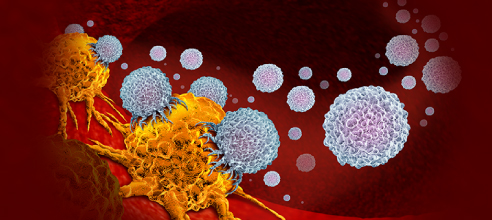Biovenic's Gene Editing Factories Turbocharge Animal Health Breakthroughs
With gene-edited livestock now hitting the ground running in farms and labs (ScienceDaily, Feb 2025), Biovenic is rewriting the rules of animal health innovation.
As labs race to slash veterinary drug development costs, Biovenic's cell lines are becoming the biotech world's not-so-secret weapon—accelerating animal vaccine design and disease resistance breeding—turning years of research into months.
Industry Pain Points: Time = Money, Animals = Risk
Conventional animal trials bottleneck drug development, consuming 2-3 years per candidate and millions in R&D, yet Biovenic's cell line technology slashes this timeline by 60%—replacing live-animal testing with lab-grown "disease simulators", which, for vet drug developers, isn't just efficiency, but one way of survival.
Tech Deep Dive: The Four Pillars of Biovenic's Revolution
Animal Knockout Cell Lines: Precision Scissors Factories
Engineered for livestock applications, the lines developed by Biovenic insert disease-fighting genes directly into host genomes. An exemplary case is the PRRS-resistant pig, which Biovenic engineered by knocking out the CD163 gene, making the pig healthy upon viral exposure. For farmers facing viral outbreaks, this is the ultimate game-changer.
Animal Knock-in Cell Lines: Breeding Resilience at Record Speed
The cell lines have disease-fighting genes directly inserted into host genomes. "Our solutions fully consider the impact of the length of the knock-in gene fragment, knock-in efficiency, and variations in editing difficulty among different cell lines on the success rate, thus guaranteeing the final delivery of stable animal cell lines with significant scientific value." The scientist says.
Animal Knockdown Lines: Drug Target Validators on Steroids
Knockdown lines play their role well in gene function analysis, animal disease model development, veterinary drug development, and target verification applications, of which their mechanism of engineering involves transfection to deliver shRNA molecules into cells to form siRNA, which can stably inhibit gene expression for an extended period and knock down target mRNA.
Animal Overexpression Cell Line: The Protein Turbine Engine
Acting as gene function study powerhouses, the overexpression cell lines, customized to cover a wide range of cell types, churn out the target gene at least 2–3 times faster than conventional methods. Typical cell line construction pipeline covers gene synthesis, vector construction, transfection/transduction, lentiviral packaging, and positive cell clone screening.
The Road Ahead: From Lab to Global Standard
The animal cell line market is projected to hit $12.1B, evidenced by the release that the FDA fast-tracked two CRISPR-edited livestock drugs recently. Biovenic is giving researchers a crystal ball to predict animal health—this isn't sci-fi, but today's toolbox.
About Biovenic
A pioneer in animal healthcare, Biovenic develops stable cell lines for veterinary drug discovery, livestock biotech, and pandemic preparedness.
- Like
- Reply
-
Share
Reply
About Us · User Accounts and Benefits · Privacy Policy · Management Center · FAQs
© 2025 MolecularCloud



